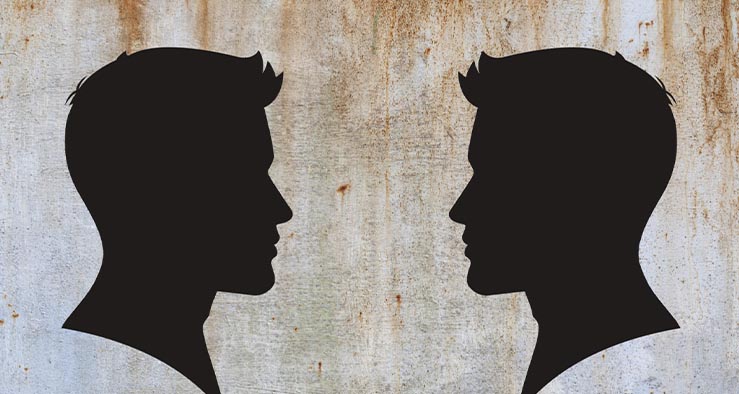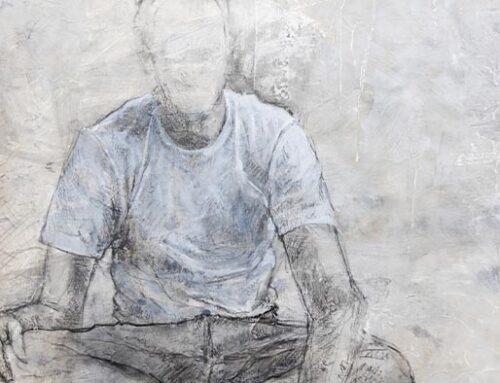The following is an excerpt from “Twin Suicide: A Tragic Symmetry,” an article by journalist Mary Milz featured in the April 2022 issue of Indianapolis Monthly.
He tried not to dwell on it, but deep down, Mark Lawrance feared that one day it would happen again. Police would arrive at his quiet home along Lake Maxinhall on the city’s northeast side with heart-rending news. That day came October 30, 2017, a little more than 24 hours since he had last seen his 32-year-old son, Joe.
As Mark settled into bed around 10 p.m. that Monday, his thoughts wandered from his workday ahead at the Indiana Chamber of Commerce, where he was senior vice president, to his wife, Jan, returning home the next day from a girls’ weekend in Arizona. He fell into a deep sleep, jolted awake just before midnight by a knocking on the front door. His body tensed; his mind raced.
The security camera footage on his cellphone revealed two figures standing at the front entrance, one in uniform. He threw on his clothes and scrambled down the stairs and across the living room. He passed elaborate paintings Joe and his identical twin brother, Will, had done over the course of their lives, works that filled him with tremendous pride. But in that frantic moment, all he felt was panic.
When he opened the door, he saw the somber faces of a police officer and a chaplain. They didn’t have to say a word.
“It’s my son, isn’t it?” Mark asked. They nodded.
The chaplain confirmed Joe had taken his own life. Distraught and paralyzed by feelings of helplessness, Mark struggled to focus. But he knew he would have to make the hardest call of his life.


